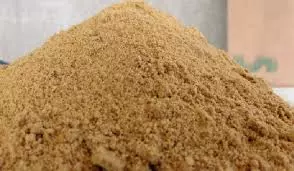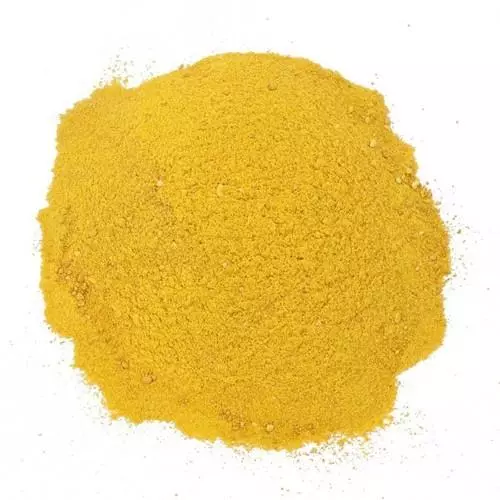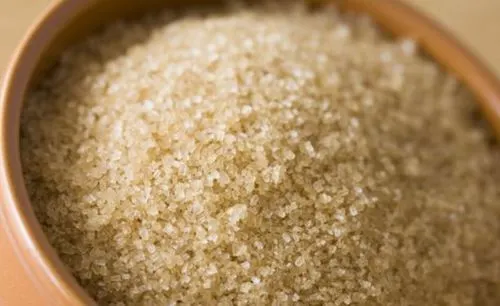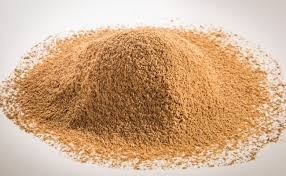L-Lysine Monohydrochloride 99%
|
IUPAC Name |
: (2S)-2,6-Diaminohexanoic Acid Hydrochloride |
|
Cas Number |
: 657-27-2 |
|
HS Code |
: 2922.41.00 |
|
Formula |
: C6H15ClN2O2 |
Basic Info
|
Appearance Name |
: White Crystalline Powder |
|
Common Names |
: Darvyl;Lyamine;Monohydrochloride,L-Lysin;(S)-(+)-Lysine Hydrochloride;L(+)-2,6-Diaminohexanoic Acid, Hydrochloride;L-(+)-2,6-Diamino-N-Caproic Acid Monohydrochloride;L(+)-2,6-Diaminocaproic Acid, Hydrochloride;L-Lys HCl;2,6-Diaminohexanoic acid hydrochlor |
|
Packaging |
: 25 Kg Bag |






